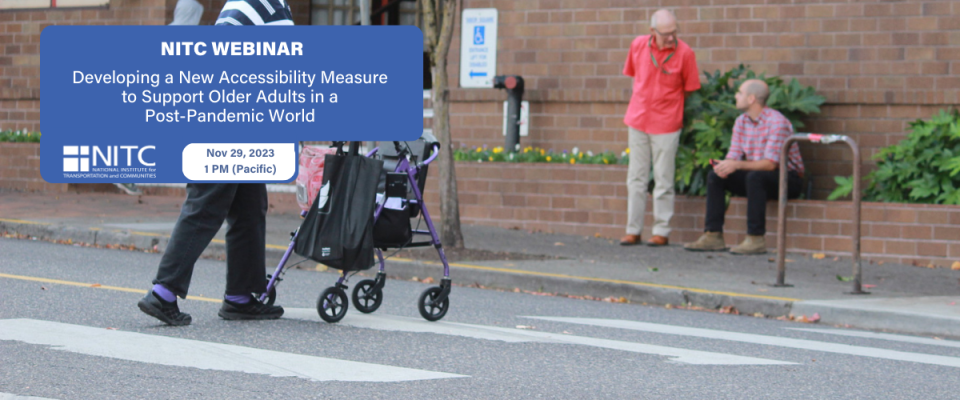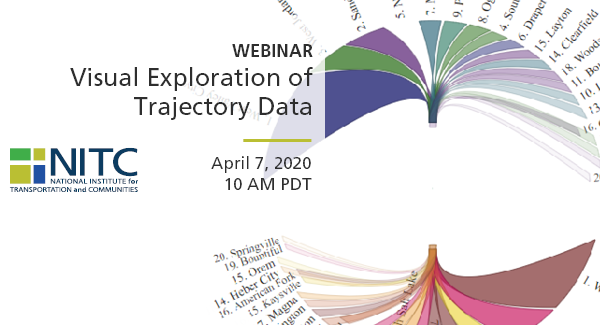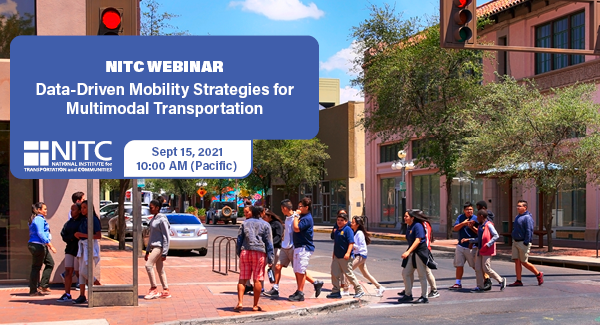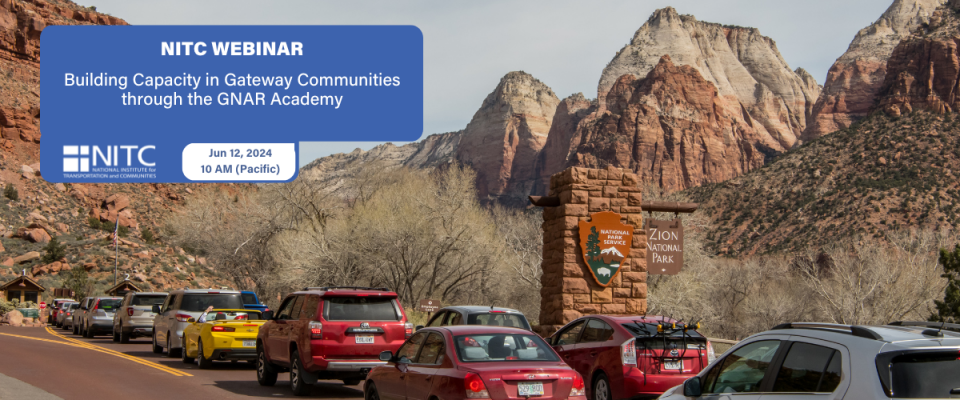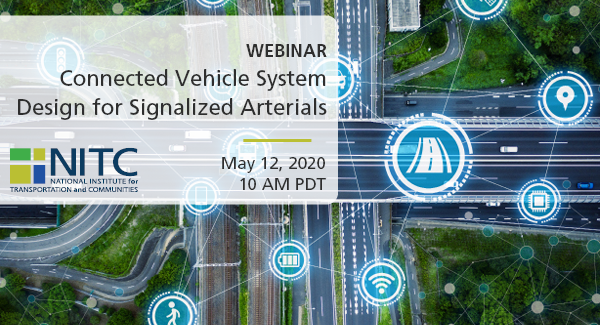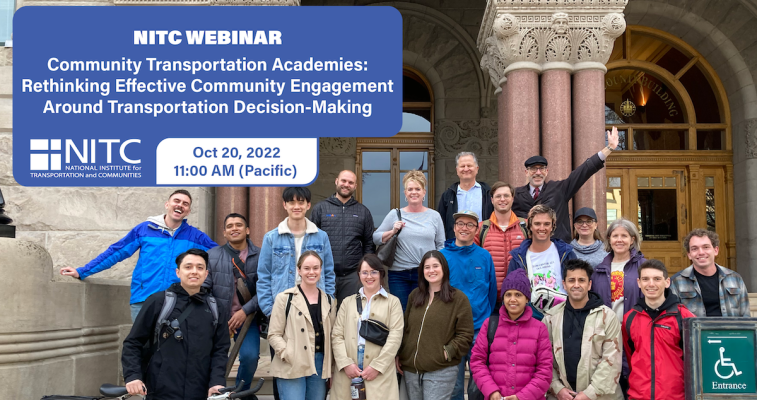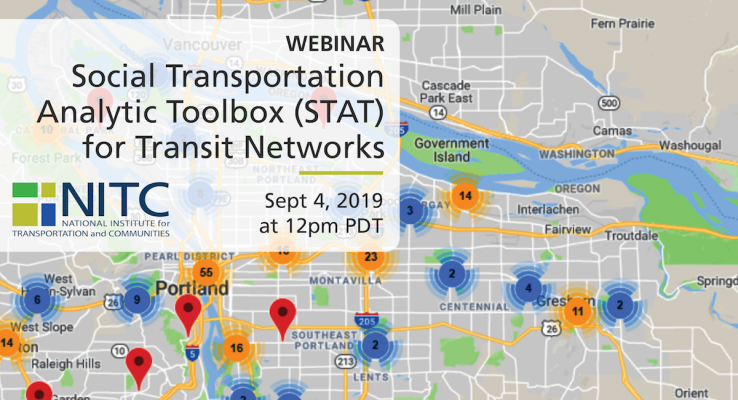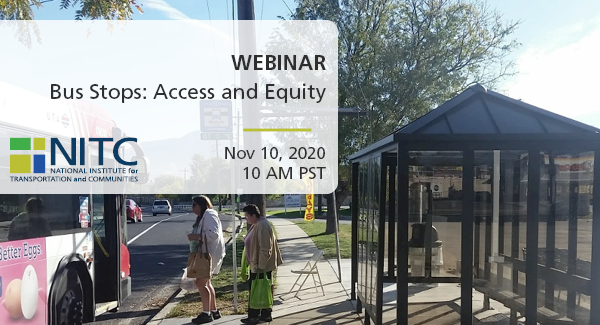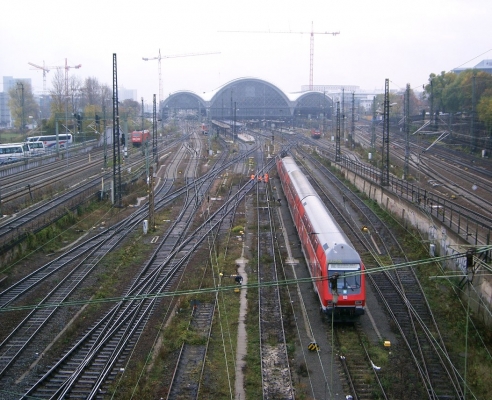PRESENTATION ARCHIVE
OVERVIEW
Older adults often face challenges with mobility and accessibility, which can limit their independence and quality of life. This seminar will explore these issues and lessons learned from the research to improve travel experiences and satisfaction for older adults.
KEY LEARNING OUTCOMES
- Highlights the importance of considering diverse dimensions of older adults' needs.
- Found a significant dissatisfaction and vulnerability experienced by older adults with limited mobility.
- Identified the need for addressing the critical accessibility and mobility gaps with older adults.
THE RESEARCH
This webinar is based on a study funded by the National Institute for Transportation and Communites (NITC) and conducted at the University of Utah. Read more about the project: Transportation for Seniors (T4S): Developing a New Accessibility Measure to Support Older Adults in a Post-Pandemic World.
SPEAKERS
Andy Hong, University of Utah...
Read more
